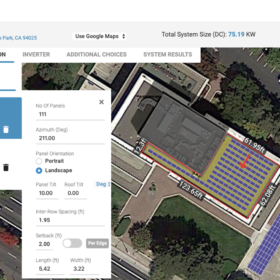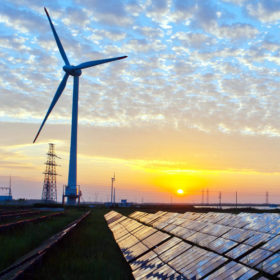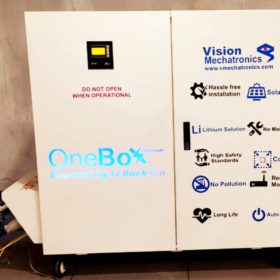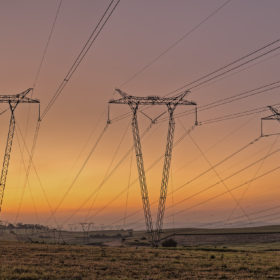Indian Railways to set up 3 GW solar plants on vacant land
The projects—to be developed in three phases of 1 GW each—are expected to be completed by year 2022-23. While the first and the third phases will be developed under public-private partnership basis, the second phase will be on the ownership model of REMCL and eligible for capital subsidy under the CPSE scheme.
Used EV batteries for large-scale solar energy storage
MIT scientists have suggested used electric vehicle batteries could offer a more viable business case than purpose-built systems for the storage of grid scale solar power in California. Such ‘second life’ EV batteries, may cost only 60% of their original purchase price to deploy and can be effectively aggregated for industrial scale storage even if they have declined to 80% of their original capacity.
Covid-19: Challenging times underscore the importance of energy planning and data management
Given the close links between energy and economy, an impact analysis is needed to evaluate the sector and initiate suitable measures against unusual circumstances. Government policy thinktank NITI Aayog is working on a roadmap to improve energy data management system for India. The centralized energy data unit will host all demand and consumption data related to all forms of energy, which can be used by researchers, policymakers and business strategy formulators alike.
Prospects of India-UK partnerships in creating digitalized energy systems
India’s energy system immediately needs a shift from centralized commands to dynamic interactive structures. While the UK is already spearheading digitalization of its energy systems, India has ample areas demanding interventions, such as integration of decentralized energy systems using digital innovation and analytical tools.
Delhi discom BRPL deploys Enact’s cloud platform to manage solar approvals
The digital platform automates the entire distributed solar project design and net metering approval process, which is crucial in today’s era of social distancing and remote business operations driven by COVID-19 globally.
Sweden and India launch a multi-million dollar programme on Smart Grids
The programme—co-funded by Swedish Energy Agency and India’s Department of Science & Technology (DST)—aims to develop technologies that can be commercialized after two years. While SEA has committed US$2.6 million over four years for research and innovation collaboration with India, DST will also fund a matching investment of Rs 18 crore to support Indian partners.
A plug-and-play solar-powered battery back-up solution for the home
The OneBox, from Indian manufacturer Vision Mechatronics, consists of a lithium battery, hybrid inverter and solar charge controller to give a hassle-free solution for electricity back-up during power outages. Solar rooftop owners are offered a grid feed feature to maximize net metering income from any excess power generated.
Power minister inaugurates eleven renewable energy management centers
Presently, 55 GW of renewable (solar and wind) energy is being monitored through these centers which are equipped with artificial intelligence based forecasting and scheduling tools.
New materials to convert waste heat into electricity
Materials that can recover energy wasted in the form of heat and convert that into electricity can pave the way for devices that can be coupled with new renewable technologies such as solar-thermoelectric and Lithium batteries.
GE T&D India wins a Jammu & Kashmir project to help deliver 24/7 power
Under the order worth around Rs 1730 crore, the power transmission and distribution player’s latest supervisory control and data acquisition and advanced distribution management solution technology will help deliver 24×7 reliable power to the people of the twin cities of Jammu and Kashmir.














